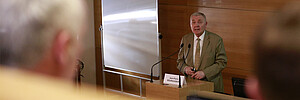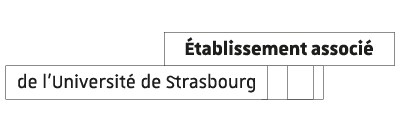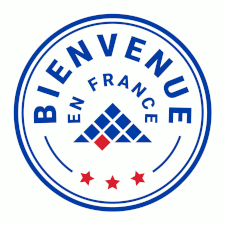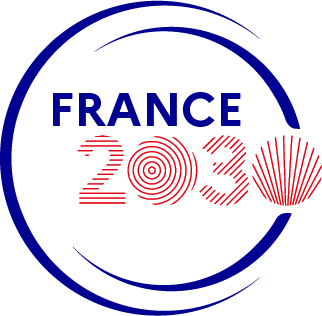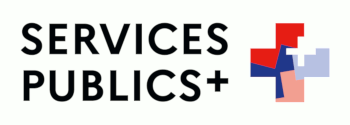Publication date: 02/06/15
ThemesHeadline news
The plenary meeting of the European Research Council (ERC), which was held at the University of Strasbourg from 1 to 3 June provided an opportunity to present the Council’s role and the various types of funding it offers to researchers, as well as for grants recipients to give their feedback.
The meeting was opened by the president of the University of Strasbourg who emphasized that it was an honour to host the first plenary meeting of the ERC in France. “There are good reasons for that, such as the quality of research and the number of ECR grant recipients in Strasbourg”, Alain Beretz stated. As Chairman of LERU, he also welcomed the recent decision of the EU regarding the ERC’s budget to finance the Juncker Plan.
The ERC, an ambitious tool
The president of the ERC, Jean-Pierre Bourguignon, took the time to present the Council to the scientific community. The ERC was created as “an ambitious and long-term research funding tool, Mr. Bourguignon explained. In just a few years, the ERC became a reference.” The ERC was introduced in 2007 and is led by an independent scientific council composed of 22 members who have the full responsibility for the allocation and the use of the funds as well as for projects assessments. “It allows us to keep a “bottom up” approach. There is not priority or scientific goals, the only aim is to support the most ambitious projects and to convince assessment panels to take risks.” All fields are eligible, on the sole criterion of excellence.
ERC grants, 8 years of success
The ERC has a budget of €13 billion spread from 2014 to 2020, which represents 1% of the EU Research and Innovation programme H2020. For the past 8 years, 4,300 grants have been awarded, two third of them to young researchers. In 2014, the ERC awarded 375 Starting Grants, 372 Consolidating Grants and 190 Advanced Grants. Since its creation, the programme has provided funding for researchers of 66 nationalities working in 600 different research institutions and 32 countries. It helps to attract the best foreign researchers to carry out their research in Europe, and has already led to 30 000 publications.
A few members of the ERC’s Brussels team attended the meeting. The participants addressed several topics such as the types of grants, the assessment of applications, or the contractual conditions and financial terms after the grant has been awarded. Two grant recipients, Catherine König-Pralong and Sébastien Pfeffer, provided the Council with valuable feedback. They underlined the impact that the ERC can have on a researcher’s career and recognition, stating that: “Nothing is perfect, but in France nothing beats the ERC.”

